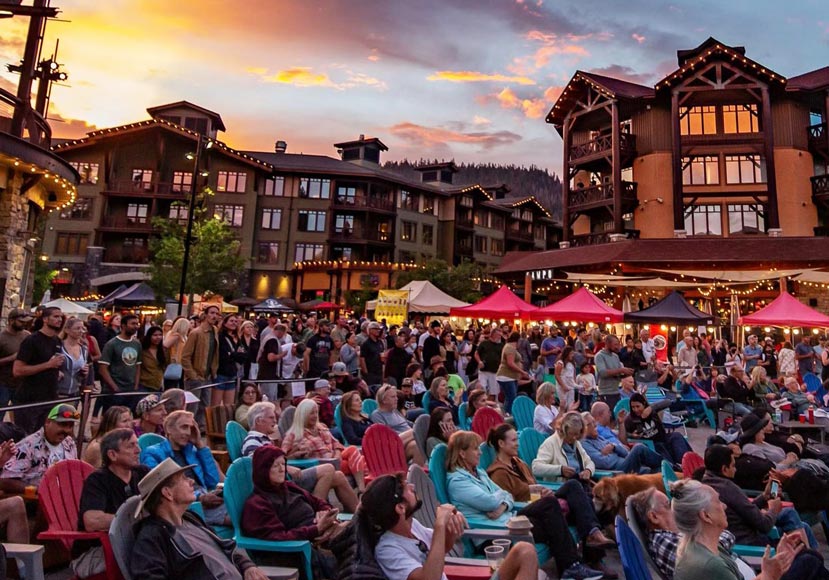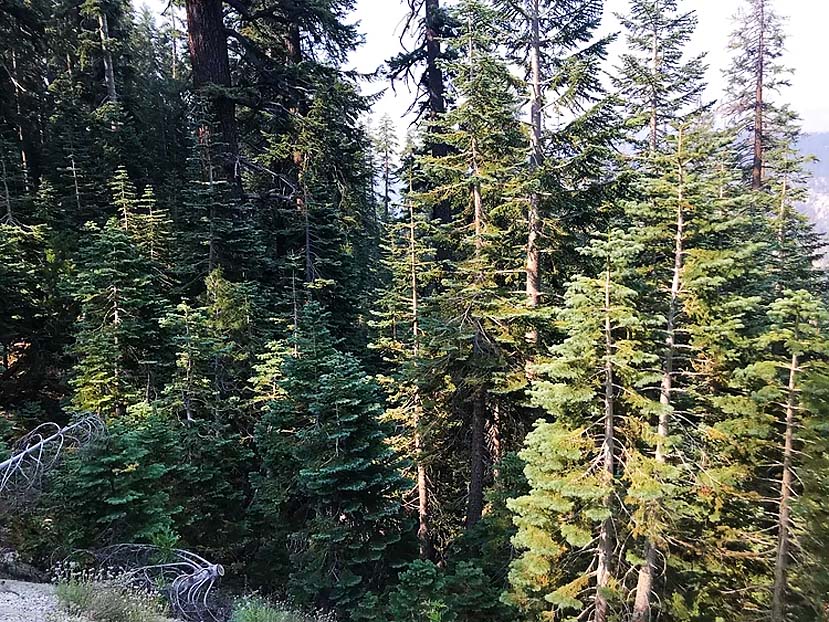
The Eastern Sierra Climate and Communities Resilience Project, known locally as the “Mammoth Donut,” may sound like a community-wide effort to make a gigantic pastry treat, but the multi-year strategy to conduct fuels-reduction treatments around the town is something residents and visitors will savor much longer since it will greatly reduce the threat of damaging wildfire.
“The project, which will surround the town, is about building resiliency not only for the town of Mammoth Lakes and the forests, but for the multitude of other communities that rely on the recreation economy that Mammoth provides in the eastern Sierra,” said Janet Hatfield, forest health program manager for Whitebark Institute, the nonprofit organization spearheading project efforts in partnership with the Inyo National Forest.
Large-scale project with local, state, and federal stakeholders
Backed by funding from the Sierra Nevada Conservancy (SNC), the two-year pre-planning phase for the project wraps up this fall. Spanning 56,000 acres of Inyo National Forest across six different watersheds, it is a project that included input from a wide range of partners, including federal, state, and local agencies, as well as local and regional businesses and nonprofits.
“The funding that SNC provided was critical because it allowed us to take the time to meet with all the stakeholders to develop proposed actions and conduct a needs assessment to think about what are all the pieces we need in place for this project to be a success,” Hatfield said.
Fortunately, that funding, and funding through the SNC from the Regional Forest and Fire Capacity Program to the Eastern California Water Association, which helped pay for support with planning and developing grant proposals, are indeed putting those pieces in place.
With a grant for nearly $3.4 million from the California Department of Fish and Wildlife, project partners are in the midst of conducting the necessary analyses and survey work to complete NEPA on the entire project area. Another grant for almost $5 million from CAL FIRE has led to fuels-reduction work on the first 2,156 acres within the project area.

Mammoth project and RFFCP lay foundation to improve capacity
While the pre-planning phase is winding down and action is starting to take place, there is still worry about having the capacity in place to ensure this vital project is completed. According to Hatfield, it will most likely take 15 years to complete the 56,000-acre project. That timeline, however, all depends on increasing restoration resources in the area, something Hatfield is optimistic about for all projects in the region thanks to the work involved with this one.
“We are really trying to leverage this project to the maximum extent, so the other RFFCP projects have people to implement them, have a place to take the removed vegetation, and so forth,” added Hatfield. “Because those smaller projects are vital, as well.”
Those smaller projects range up and down the eastern Sierra Nevada, added Hatfield, and the hope is this larger project, and support from the RFFCP, will secure the partnerships, workforce capacity, and the biomass technology necessary to make other vital fuels-reduction and forest-health work in the region successful.

Efforts around Mammoth Lakes benefit entire eastern Sierra
While the Eastern Sierra Climate and Communities Project centers around Mammoth Lakes, Hatfield reiterated the importance this popular tourist and recreation destination has for all other nearby towns and residences.
“The project name we get some guff for, but the Communities with an ‘s’ in the title is deliberate,” Hatfield said. “If Mammoth suffers impacts from a severe wildfire, the economic impact will ripple 100 miles in both directions on (highway) 395. It would be massive! So, even if people don’t live in Mammoth, this project will be a benefit.”
Since the “Mammoth Donut,” as locals call it, will return the Jeffrey pine and red fir forests to their natural historic densities, and help protect the popular town of Mammoth Lakes, residents and visitors to the entire eastern Sierra region will relish that benefit for years to come.
